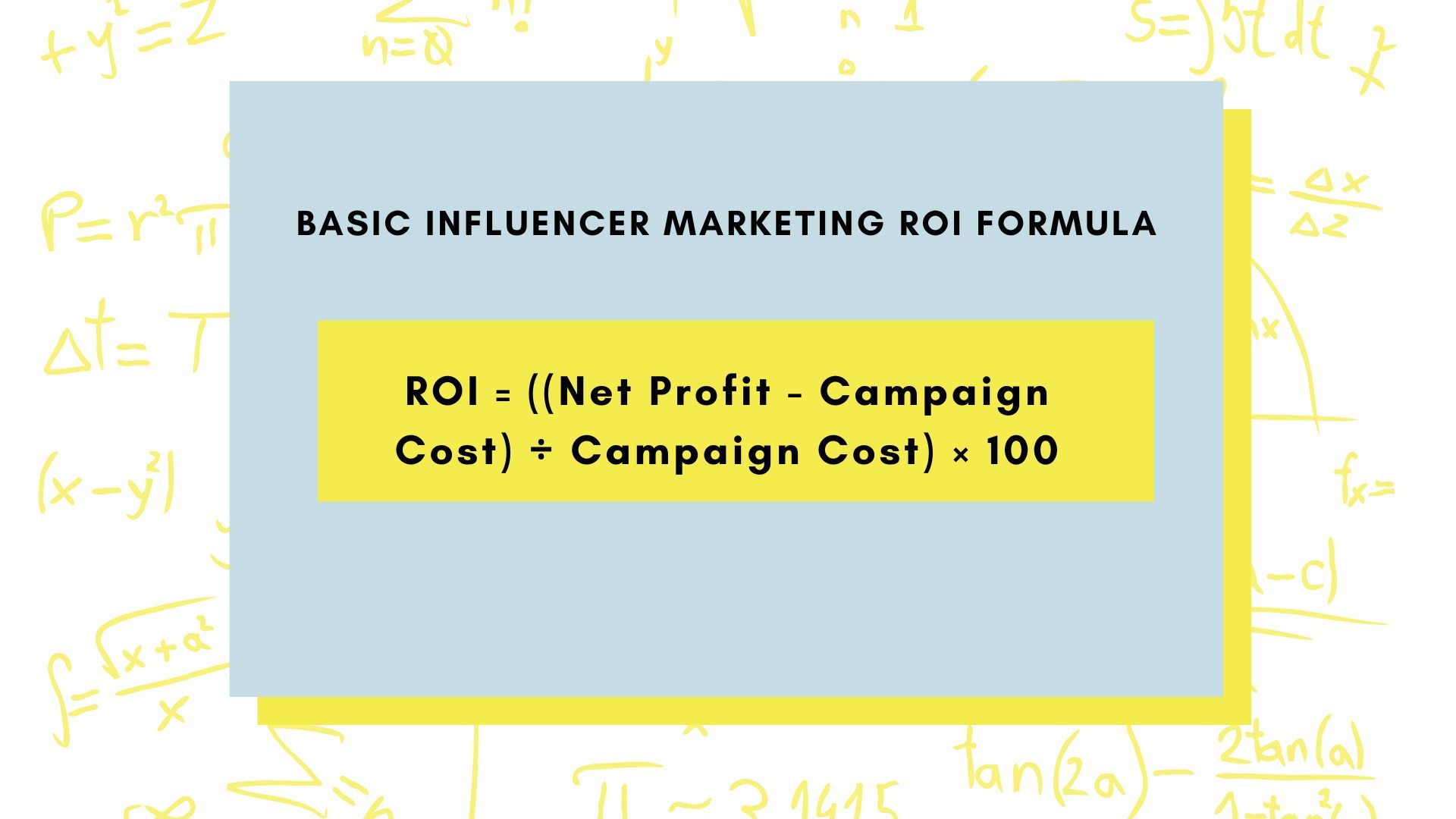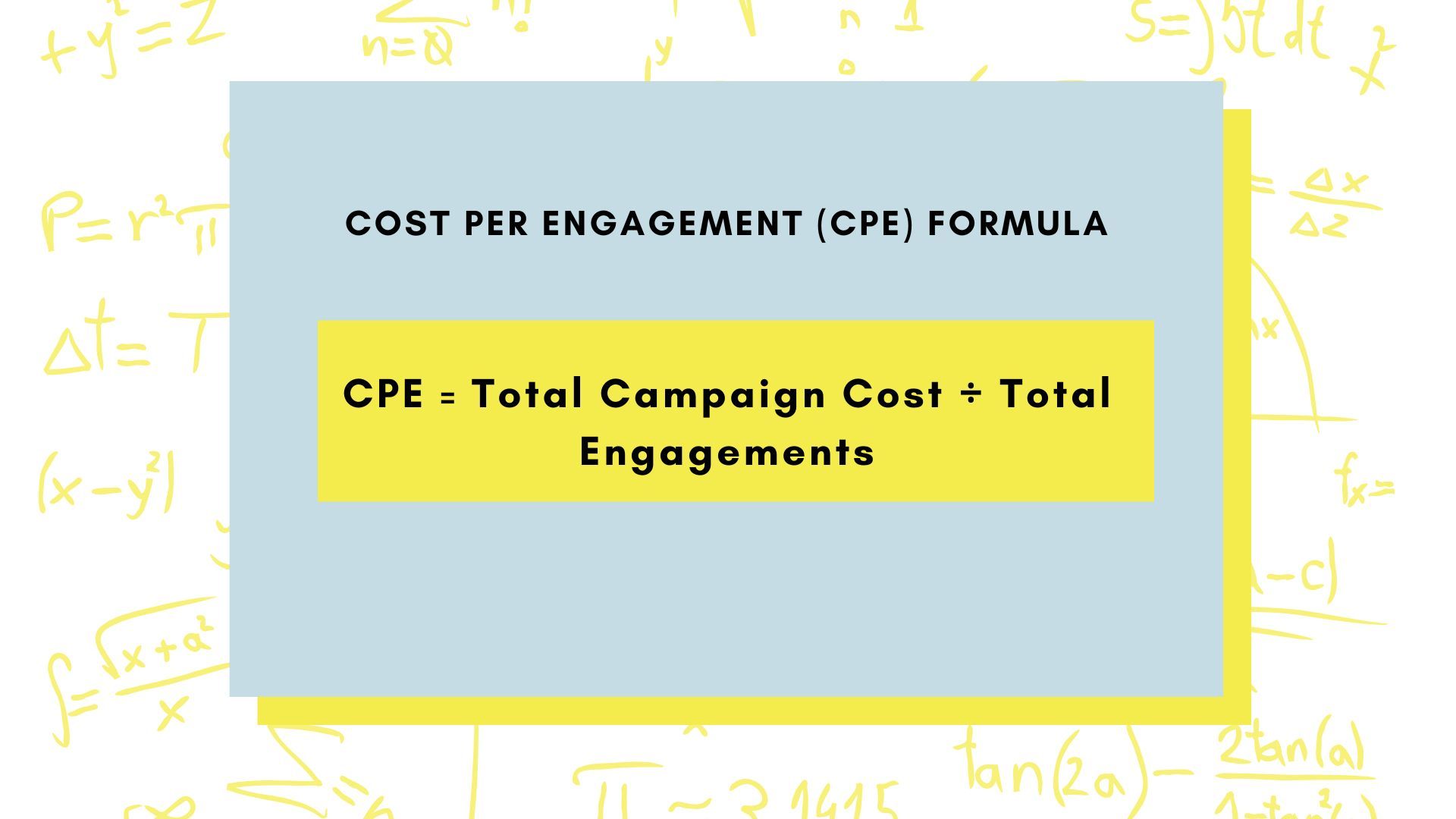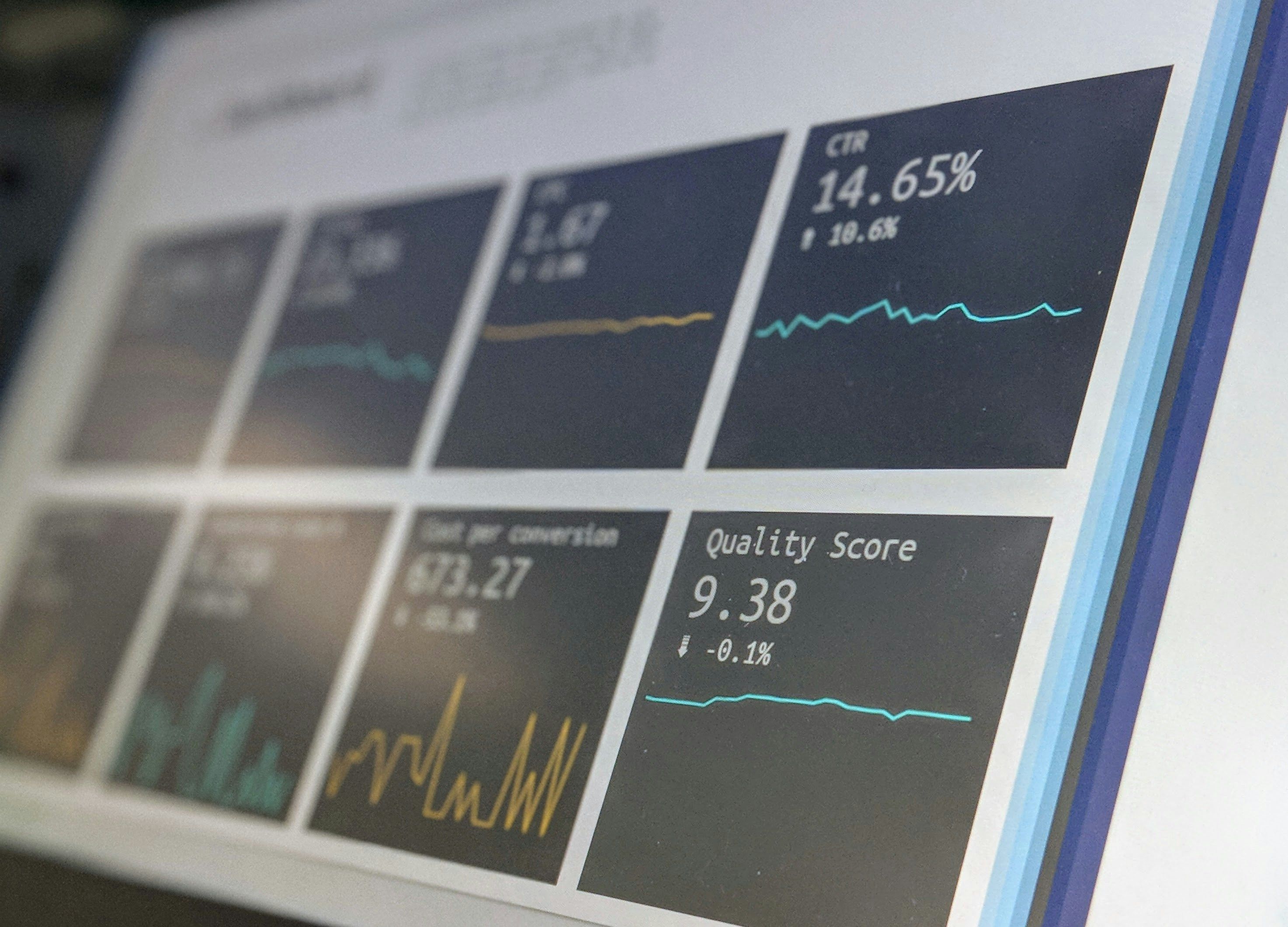Introduction
You have made investments in influencer marketing, but how can you find out if it is actually helping?
Influencer marketing is not always about quick clicks and immediate sales, unlike conventional ads. Building trust, raising brand recognition, and producing worthwhile material helps to often produce a deeper, more long-lasting impact.
At Social Cat, we think ROI in influencer marketing should be viewed holistically. Indeed, it is related to sales. But it also about expanding the impact of your brand and obtaining more value from real material than from any one-off advertising campaign.
Using real formulas, sensible advice, and case studies from successful campaigns we have seen, this article will show you how to precisely and realistically calculate influencer marketing ROI.
1. What is influencer marketing ROI?
Measuring the return you get against what you spent in a campaign, influencer marketing ROI shows Unlike most paid ads, though, the "return" here is more than just dollars.
Certain campaigns directly profit from promo codes or affiliate links. Others increase the profile of your brand or offer a body of user-generated material you could use. Sometimes the actual return is slower, shown in better SEO, more brand trust, or more natural references across time.
If you wish to properly assess influencer campaigns and avoid undervaluation of their influence, you must first see this larger picture.
2. Why measuring influencer marketing ROI can be tricky
One of the main difficulties is that results of influencer marketing do not always show up immediately. A customer may visit your website after seeing an influencer's post, but not buy until weeks later. Another could be swayed by seeing several influencers over time before deciding to purchase.
Furthermore not always clear is attribution. Was the email newsletter that sealed the deal, the retargeting advertisement the influencer spotted later, or their post? Actually, it is usually a mix.
Content lifetime is still another consideration. Influencer material can keep generating views, shares, and clicks long after the first post, unlike an ad that vanishes when the budget runs out. From influencer partnerships months after a campaign formally ends, we have seen brands on Social Cat remain tagged, mentioned, and even inspire sales.
For this reason, when computing actual influencer marketing ROI, we advise brands to consider both short-term metrics (immediate clicks, sales, and engagement) and long-term impact (brand mentions, user-generated content, SEO improvements).
3. The basic influencer marketing ROI formula
If you want a simple starting point, use this formula:

For example, if you spend $1,000 on a campaign and it generates $3,000 in net profit, your calculation would look like this:
This means you earned twice what you spent, a strong 200% ROI.
However, in influencer marketing, relying only on profit calculations can give you an incomplete picture, especially when many campaigns are designed to create brand equity, not just immediate revenue.
4. Expanded ROI formulas for different goals
Not every influencer campaign has the same objective, so it’s important to adjust how you calculate ROI depending on what you want to achieve.
ROI based on sales
Tracking with affiliate links, discount codes, or UTM links is essential whether direct sales are your primary objective. The formula is still straightforward: first subtract your whole campaign expenses from the income directly attributable to the campaign; then, divide by the campaign cost and multiply by 100.
Campaigns that used personalized discount codes like “AMY10” or “FRESH15” saw noticeably higher tracking accuracy and, interestingly, an increase in conversion rates compared to generic links.
ROI based on engagement
If your goal is engagement, such as increasing likes, comments, and shares, use Cost Per Engagement (CPE) to evaluate efficiency:

Suppose you spent $1,000 and generated 5,000 total engagements; your CPE would be $0.20.
In practice, CPE for micro-influencers typically falls between $0.10 and $0.40. In fact, campaigns on Social Cat often deliver engagement at rates much lower than traditional Facebook or Instagram ads.
ROI based on content value
Usually ignored, influencer-created content has great value. Should you design a professional photo shoot including stylists, photographers, models, and editors, the expenses would easily run between $2,000 and $5,000. On the other hand, influencers create real, very relevant material that you could use across your own marketing channels for a small fraction of that expense.
Mindful Remedies, a UK-based brand specializing in personalized Bach flower remedies, aimed to enhance brand awareness and generate authentic user-generated content (UGC). Initially, they faced challenges in finding influencers willing to engage in gifted collaborations. By partnering with Social Cat, they connected with over 80 micro-influencers who were enthusiastic about their products.
Content creation and brand awareness grew significantly thanks to this cooperation. Between 100 and 150 pieces of UGC, the influencers created including several viral Instagram Reels. This material not only connected with their target market but also gave Mindful Remedies priceless marketing tools for next projects.
ROI based on brand awareness
When building brand visibility is the main goal, Cost per thousand impressions (CPM) is the best measure:

For instance, if you spent $500 on a campaign that delivered 100,000 impressions, your CPM would be $5. Compared to the average $10–$12 CPM for paid social ads, influencer collaborations can be a highly efficient brand awareness tool, and with a stronger element of social proof.
5. How Social Cat makes ROI measurement easier
At Social Cat, we understand that evaluating influencer marketing ROI goes beyond numbers to include knowing the whole narrative behind a campaign.
Our system tracks sales, interaction, and impressions in real time, so you never have to wonder how a campaign is doing. More importantly, we track the continuous effects long after a campaign formally ends. Many times, influencers keep mentioning a brand naturally in upcoming Stories or posts, so adding extra value for free.
6. Real-world examples of Influencer Marketing ROI
One great example comes from Off The Farm, a brand that specializes in protein bars made from clean, simple ingredients.
To take advantage of micro-influencers, they teamed with Social Cat. Apart from quick sales, the objective was to raise brand awareness and create real material reflecting their active, healthy lifestyle.
Working with a carefully selected collection of micro-influencers, Off The Farm produced relevant, interesting pieces around their bars via their cooperation. The campaign moved toward real-life, daily events, workouts, family hikes, post-gym snacks, presenting the product as part of their actual life instead of concentrating just on highly produced, polished content.
Off The Farm thus acquired not only significant exposure to new audiences but also a library of real, excellent user-generated content they could recycle in their own marketing. This let them save on future content creation expenses and establish a closer relationship with consumers who are health-conscious by stretching the value of their initial campaign investment much beyond the original influencer postings.
True influencer marketing ROI is about long-term brand equity, community trust, and building marketing assets that keep delivering value long after the campaign ends, not only about instantaneous numbers, as the Off The Farm story brilliantly shows.
7. Tips for improving your influencer marketing ROI
If you want to maximize your results, start by choosing influencers who genuinely align with your brand’s values. Authentic fit will always outperform follower count alone.
Before launching any campaign, set clear KPIs, whether that’s sales, engagement, or brand visibility, so both you and the influencer know what success looks like.
Another key is to give influencers creative freedom. Overly scripted collaborations feel inauthentic and tend to underperform. When influencers speak in their own voice, their audience listens, and acts.
Finally, don’t just think of a campaign as a single event. Great influencer content can be repurposed across your social media, website, email newsletters, and even digital ads. Extending the life of this content is one of the smartest ways to boost your campaign ROI without spending extra.
8. Final Thoughts
Calculating influencer marketing ROI isn’t about finding a single perfect number. It’s about understanding the many ways influencer collaborations can create value, some immediate, some long-term.
When you measure sales, engagement, content value, and brand awareness together, you get a much more accurate, actionable picture of how your marketing investment is really performing.
At Social Cat, we’re here to help you build not just profitable campaigns, but sustainable brand growth through real relationships with real creators.
Table of content
- Introduction
- 1. What is influencer marketing ROI?
- 2. Why measuring influencer marketing ROI can be tricky
- 3. The basic influencer marketing ROI formula
- 4. Expanded ROI formulas for different goals
- 5. How Social Cat makes ROI measurement easier
- 6. Real-world examples of Influencer Marketing ROI
- 7. Tips for improving your influencer marketing ROI
- 8. Final Thoughts
Looking for influencers?
Table of content
- Introduction
- 1. What is influencer marketing ROI?
- 2. Why measuring influencer marketing ROI can be tricky
- 3. The basic influencer marketing ROI formula
- 4. Expanded ROI formulas for different goals
- 5. How Social Cat makes ROI measurement easier
- 6. Real-world examples of Influencer Marketing ROI
- 7. Tips for improving your influencer marketing ROI
- 8. Final Thoughts










